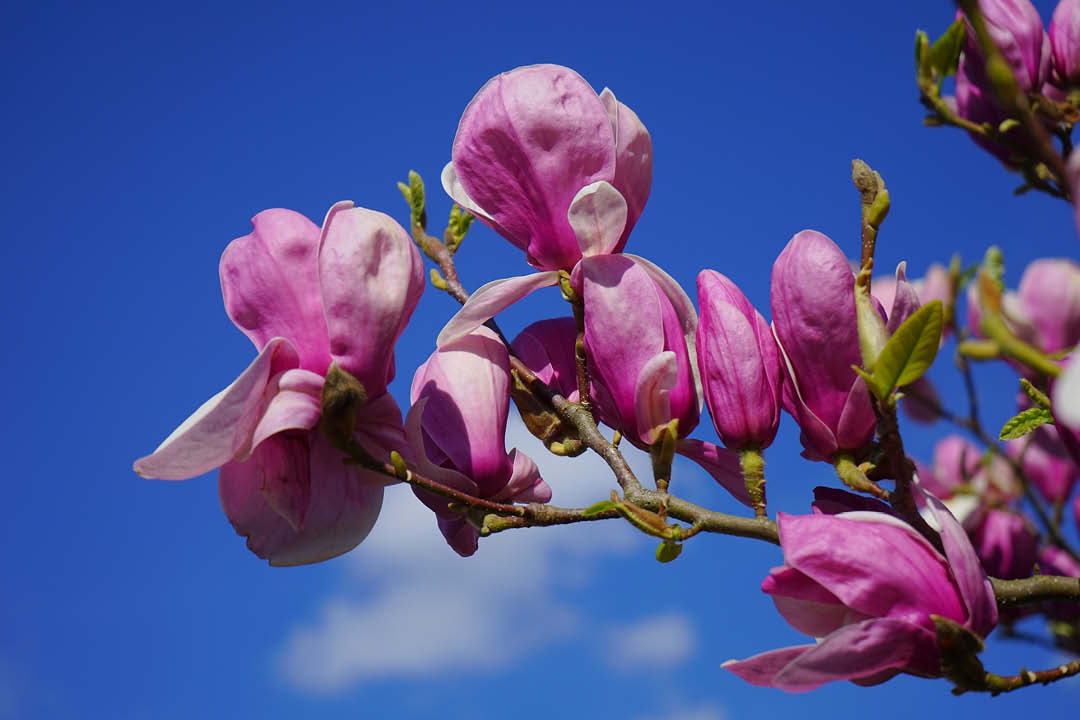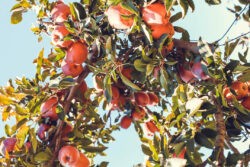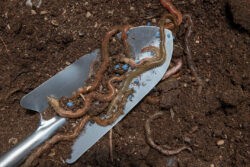Spring-flowering plants – choose wisely
The sap is flowing out in the garden. Peer closely at a few twigs and you will find buds galore. You can’t fail to have noticed beautiful bulbs are already brightening up the borders. Then there are wonderful hellebores that never fail to enchant, ravishing rhododendrons and azaleas, elegant camellias, and marvellous magnolias, bergenias and a host of other early spring beauties.
Don’t assume that you can grow anything, anywhere, however. Plants are like people in that they have their own particular needs and dislikes.
Rhododendrons and azaleas were once categorised as separate species but they are now grouped together. There are subtle differences. Azaleas, for example, are always evergreen, whereas some rhododendrons are deciduous. They all need slightly acidic, moist soils and generally prefer dappled shade and sheltered conditions. Cold, drying winds are not appreciated. The leaves of a rhododendron are thick and leathery, but azalea leaves are generally smaller, often with fine hairs covering the surface. The flowers are different too: rhododendrons will produce large trusses of multiple flowers whereas azalea flowers appear at the end of the stem, in smaller numbers. The range of colours within this genus is impressive, from the purest white flower, through to yellows, oranges, reds, lilacs and purples. These shrubs were introduced to the UK way back in the sixteenth century and are currently enjoying a revival in popularity.
Camellias are newer arrivals, having been brought here early in the eighteenth century. These evergreen shrubs also need an acidic soil and they like dappled shade, sheltered from wind. Avoid an east-facing position where morning sun can scorch the winter and spring flowers. It is important to keep these flowering shrubs well-watered in summer when they are forming next year’s flower buds. Use rainwater, where possible, because tap water is generally too alkaline.
Magnolias are shrubs with shapely forms and wonderful creamy-white and pink spring flowers. Some of these are giants but they are often shoehorned into spaces that are too small. The resulting pruning tends to spoil their shape and often promotes a wild growing frenzy that makes matters worse. Many magnolias produce goblet-shaped flowers, whilst others delight the season with glorious star-shaped blooms. It’s important to appreciate that their ancestors inhabited primitive, ancient forests. This tells you that they like a little shelter, even though the modern cultivars can tolerate city living and even bright sun.
Hellebores are woodland-edge plants that like dappled shade and moist (but not boggy) soils. They can thrive in most types of soil, provided it is nutrient-rich. Give them the right conditions and they need very little care, save a mulch to help retain moisture within the growing position.
Bergenias are brilliant ground-cover evergreens that can grow almost anywhere, even though they prefer slight shade and moist soil. Elephant’s ears, as they are commonly known, are great perennials for the beginner as they also help to supress weeds. The early spring flowers are generally pink but can also be red, lilac or white. These are held on stalks and they create a truly uplifting scene at a time when colour is scarce.
Energy-boosting ideas
If your own sap is sluggish to rise, you might need to inject some enthusiasm. March tells you, by its very name, what you should be aiming for. If you can’t do it in the literal sense then let your fingers do the marching, and use the internet. Or delve into some books. Consider ideas that will enhance your outdoor space. As a result, you will experience an emotional uplift and perhaps an increase in energy levels. The glorious growing season is commencing and this is an exciting time.
Go out and look at gardens, visit some plant nurseries and garden centres, notice things that brighten up your horizons, peer into hedgerows and delight in the colours of spring. You want to arouse your senses by smelling, touching and absorbing the very essence of a variety of plants, noticing how they make you feel. Cut a few twigs and maybe some flowers to bring indoors for a seasonal uplift.
It can take just a few new perennials, a collection of beautiful pots filled with foliage and flowers, a slightly adjusted border or perhaps a subtly placed feature to energise not only your garden but your outlook too. And your new enthusiasm will last all season, providing you fork fresh ideas into your mind in order to maintain the momentum.
By Caroline Knight







